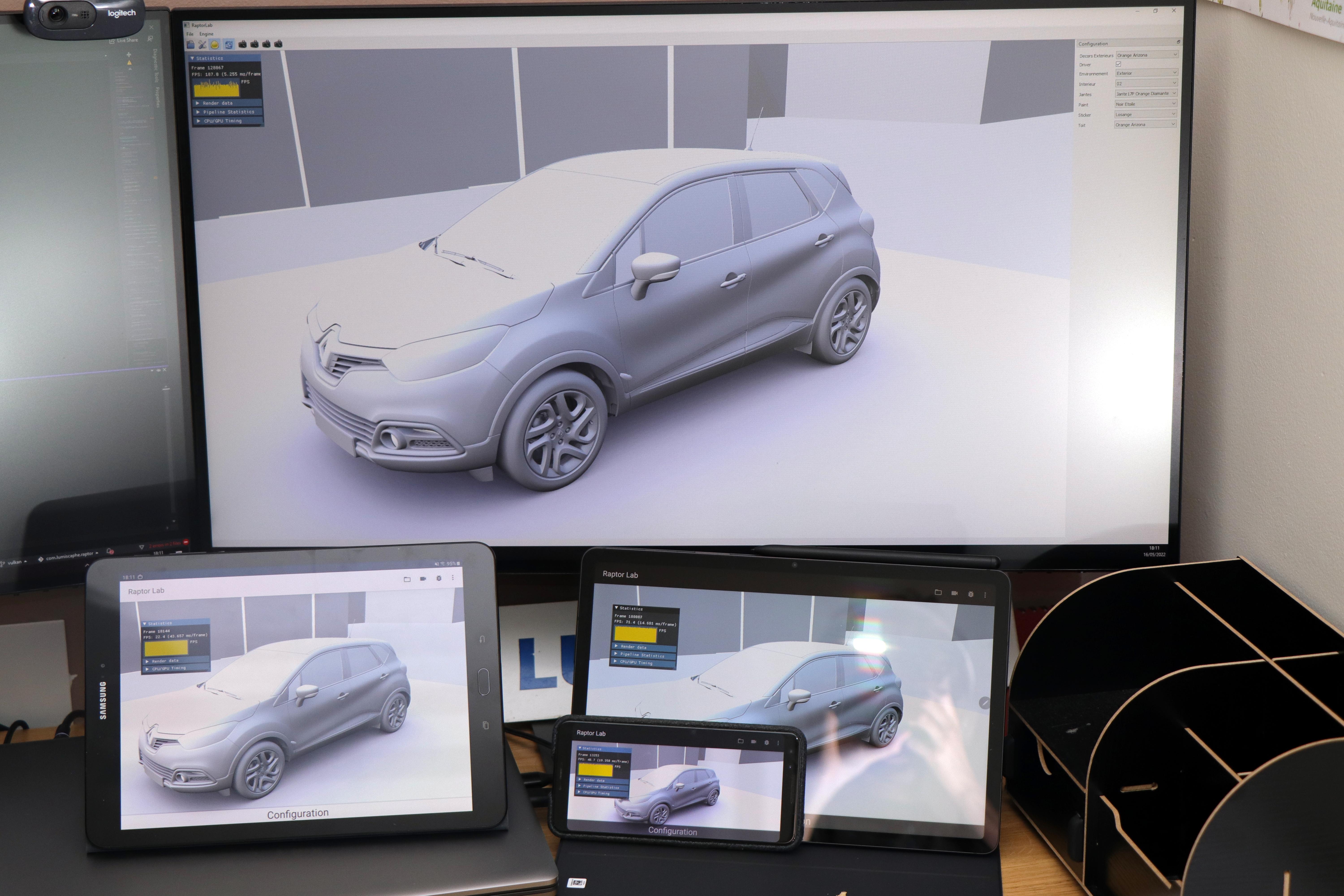Lumiscaphe launches the development of a new real-time 3D rendering engine based on Vulkan with the objective of a very noticeable improvement in the performance and quality of the images produced.
The features include color calibration, high dynamic range post-processing filters, support for Physically Based Rendering (PBR) shaders, Realtime Ray tracing (RTX) integration, and the redesign of advanced illumination and rendering techniques.
The engine will support Windows, Linux, Mac OS, iOS and Android platforms. It will deliver a Frame per Second (FPS) rate much higher than the engine currently used by Patchwork 3D.
You can subscribe to this topic to follow the development step by step: we’ll post images of each progress of the project below.
Example of the current real-time rendering in Patchwork 3D based on OpenGL:

